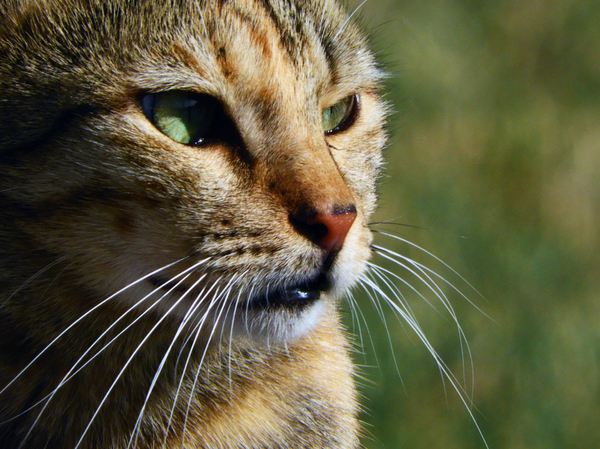
Cat litter and litter boxes play a pivotal function in the lives of both felines and their owners. From the humble beginnings of sand and soil to the innovative improvements these days, the world of cat litter has actually evolved considerably. In this detailed guide, we explore every element of cat litter and litter boxes, exploring their history, types, advantages, challenges, and whatever in between.
The history of cat litter go back centuries, with ancient civilizations utilizing sand, soil, and even ashes as primitive litter products. Nevertheless, it wasn't till the mid-20th century that modern cat litter as we understand it emerged. In 1947, Edward Lowe introduced the world's first commercial cat litter made from absorbent clay, transforming the way cats relieved themselves indoors. Because then, cat litter has undergone numerous transformations, with the introduction of clumping litter, silica gel litter, biodegradable alternatives, and more.
Today, feline owners are ruined for option when it concerns choosing the best litter for their feline companions. Traditional clay litter stays popular for its price and efficiency in taking in odors. Clumping litter, which forms solid clumps when wet, simplifies cleansing and upkeep. Silica gel litter, made up of highly absorbent silica crystals, offers superior smell control and durability. Naturally degradable options, such as recycled paper, wood pellets, corn, and wheat, appeal to ecologically conscious consumers.
Each kind of cat litter uses distinct advantages. Clay litter masters its capability to take in moisture and control smells, making it a trusted option for many feline owners. Clumping litter simplifies daily scooping and extends the time in between total litter changes. Silica gel litter supplies extraordinary odor control and can cat litter alternatives last longer between replacements. Eco-friendly litters provide a sustainable alternative that decreases ecological impact.
While cat litter boosts indoor feline hygiene, it is not without its challenges. Dust from clay litter can posture respiratory risks for both felines and humans, triggering the popularity of dust-free options. Some felines may establish litter box hostility due to problems with texture, scent, or tidiness, necessitating experimentation with various litters and box configurations. Multi-cat households might require tactical litter box placement and regular maintenance to avoid territorial disputes and make sure all cats have access to tidy facilities.
Picking the appropriate litter box is necessary for promoting favorable litter box habits and general feline wellness. Elements to think about include size, availability, and design choices. Covered litter boxes provide personal privacy and help include smells, but some felines may find them restricting or intimidating. Open-top litter boxes use easy gain access to and presence but might result in more litter scatter. Automatic self-cleaning litter boxes enhance upkeep but need routine monitoring and maintenance.
Proper litter box maintenance is vital for ensuring a tidy and welcoming environment for both cats and their owners. cat litter alternatives Daily scooping removes waste immediately, minimizing odor and dissuading litter box hostility. Regular litter replacement, usually every 1-2 weeks, avoids bacterial buildup and keeps optimal absorbency. Comprehensive cleansing with moderate detergent and water, avoiding extreme chemicals that might deter cats from utilizing package, should be performed monthly.
Cat litter and litter boxes play a main role in cultivating a healthy and unified relationship between cats and their human companions. With a varied selection of litter options and litter box designs offered, feline owners have the versatility to customize their options to suit their cats' choices and family requirements. By understanding the evolution, types, benefits, and difficulties of cat litter and litter boxes, animal owners can supply their feline good friends with Pine Pellet Cat Litter a comfortable and hygienic indoor environment.